Inside the gory world of Victorian Medicine in All About History 128
Inside All About History 128: From bloody surgery to strange medical theories, uncover the evolving world of Victorian medicine.

As the Victorian era began in 1837, the world of medicine was still in a relatively dangerous state; hospitals were as likely to speed up your ailment as cure you, surgery was done without reliable drugs to numb the pain (let alone stop infection) and even everyday medicines were full of toxic and addictive ingredients. But by 1901 everything had changed.
In the latest issue of All About History, Dr. Agnes Arnold-Forster offers her insight into how the world of Victorian surgery, healthcare and drugs was able to evolve from the 'butchering art' of early medicine into something closer to the modern science we're familiar with today.
And you can uncover this incredible journey in issue 128.
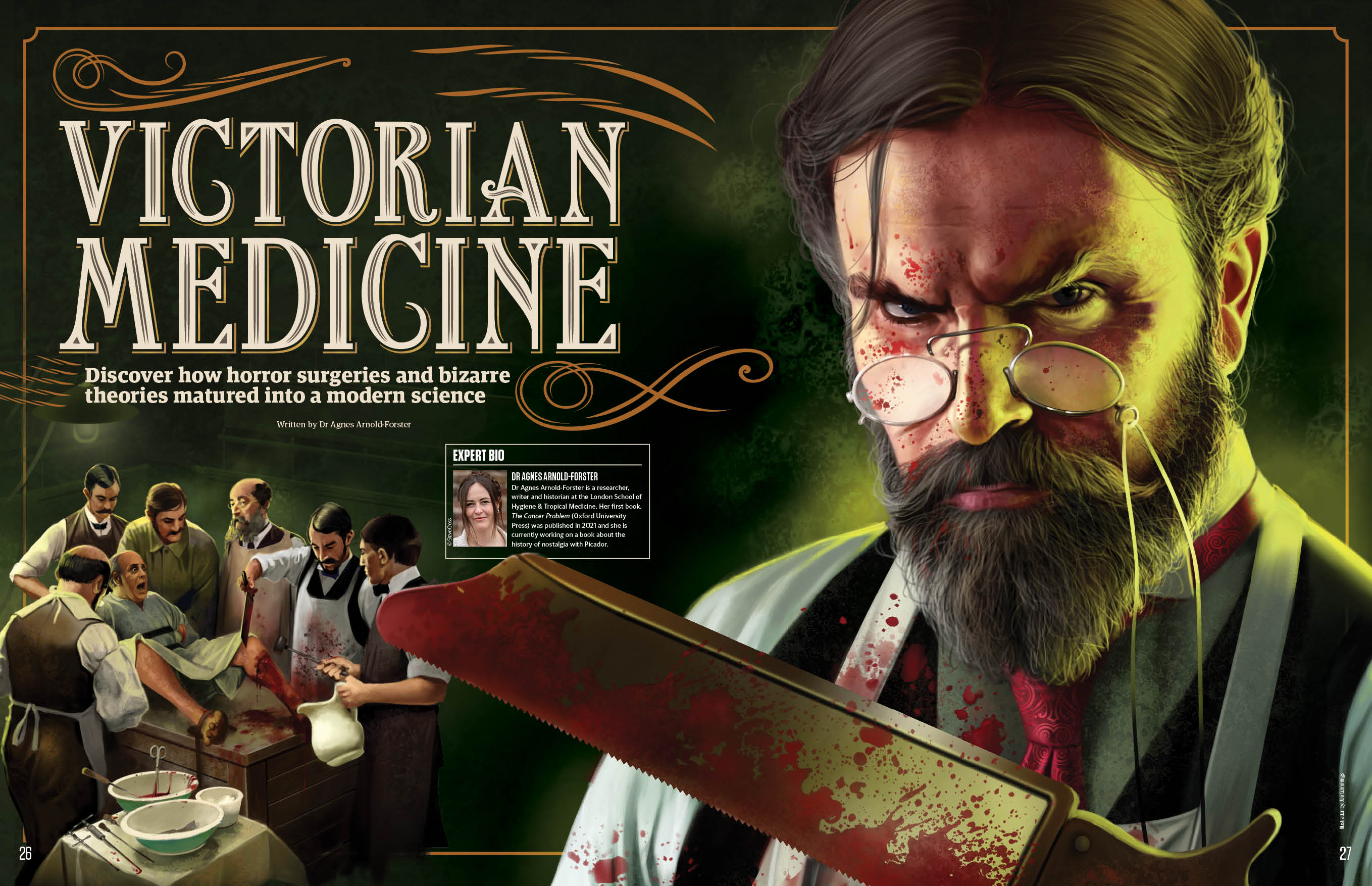
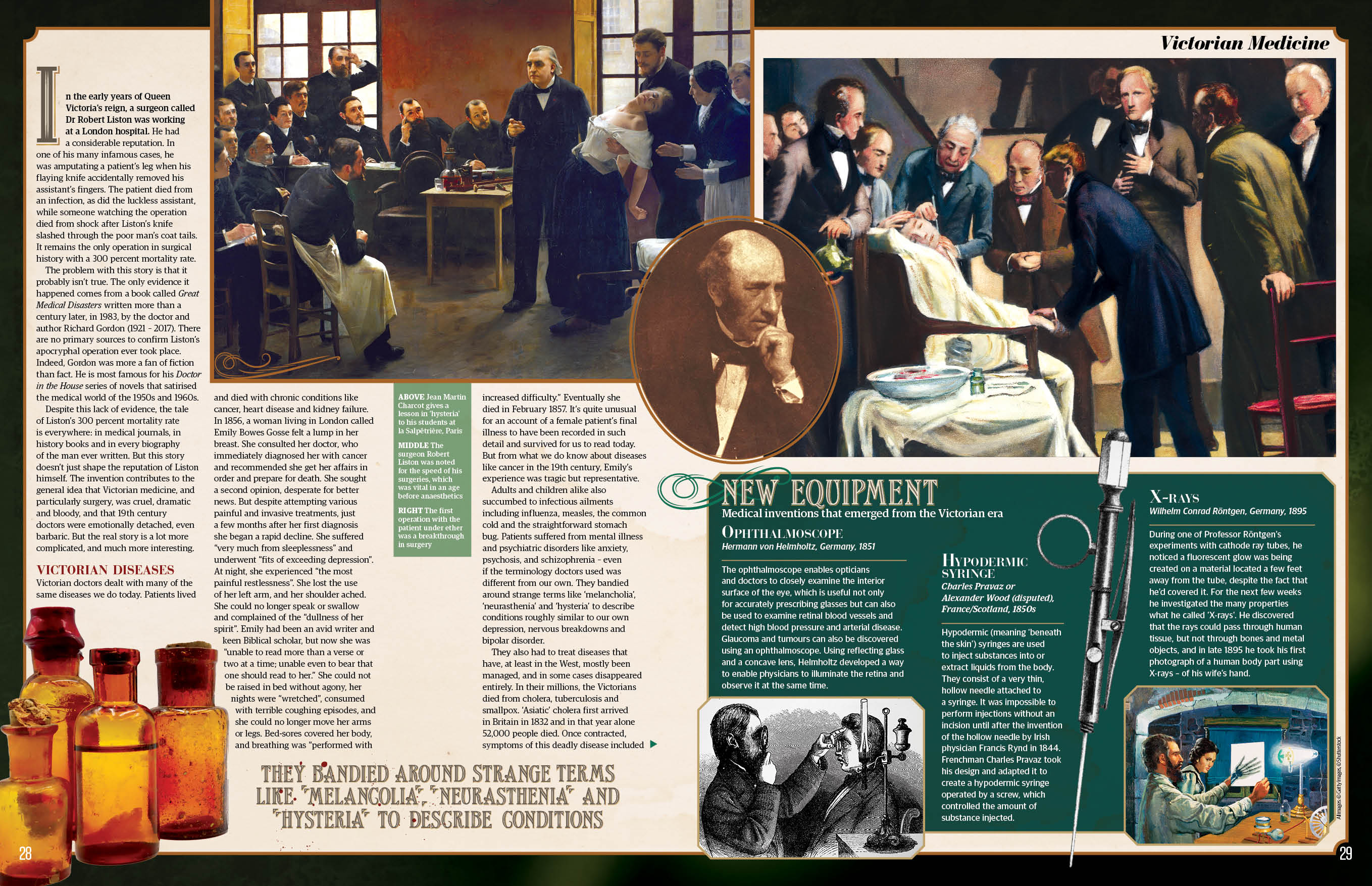


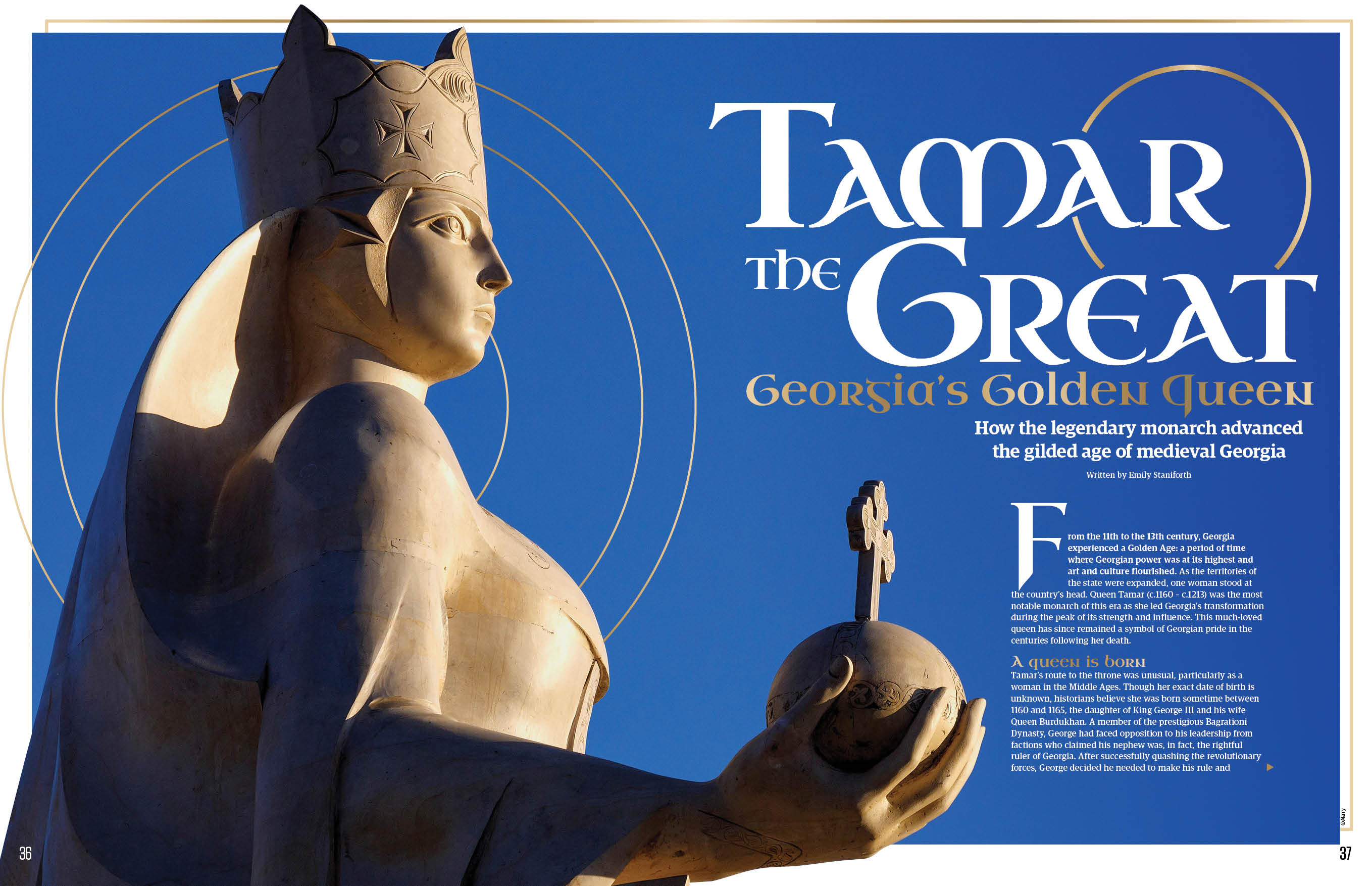

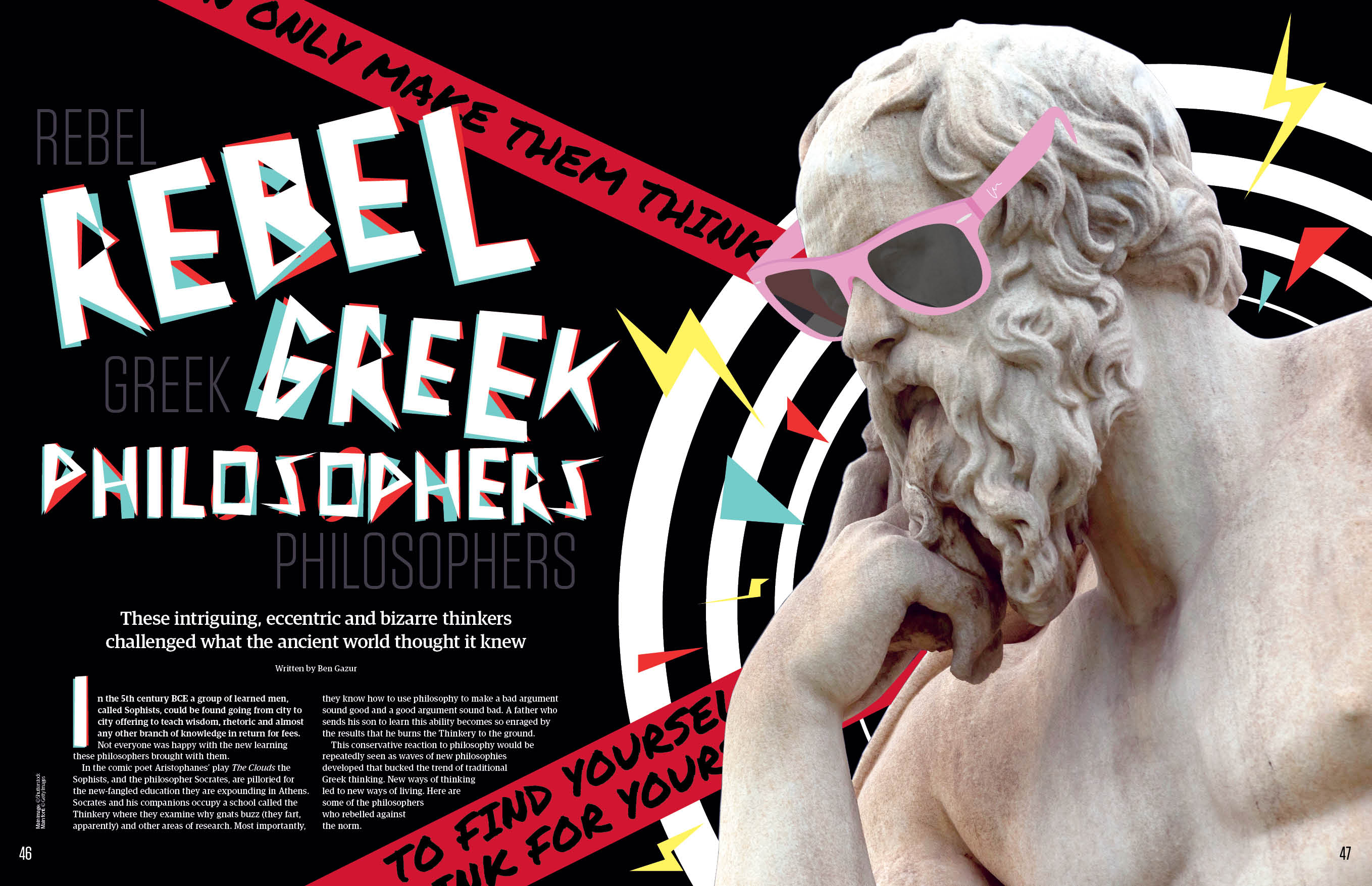

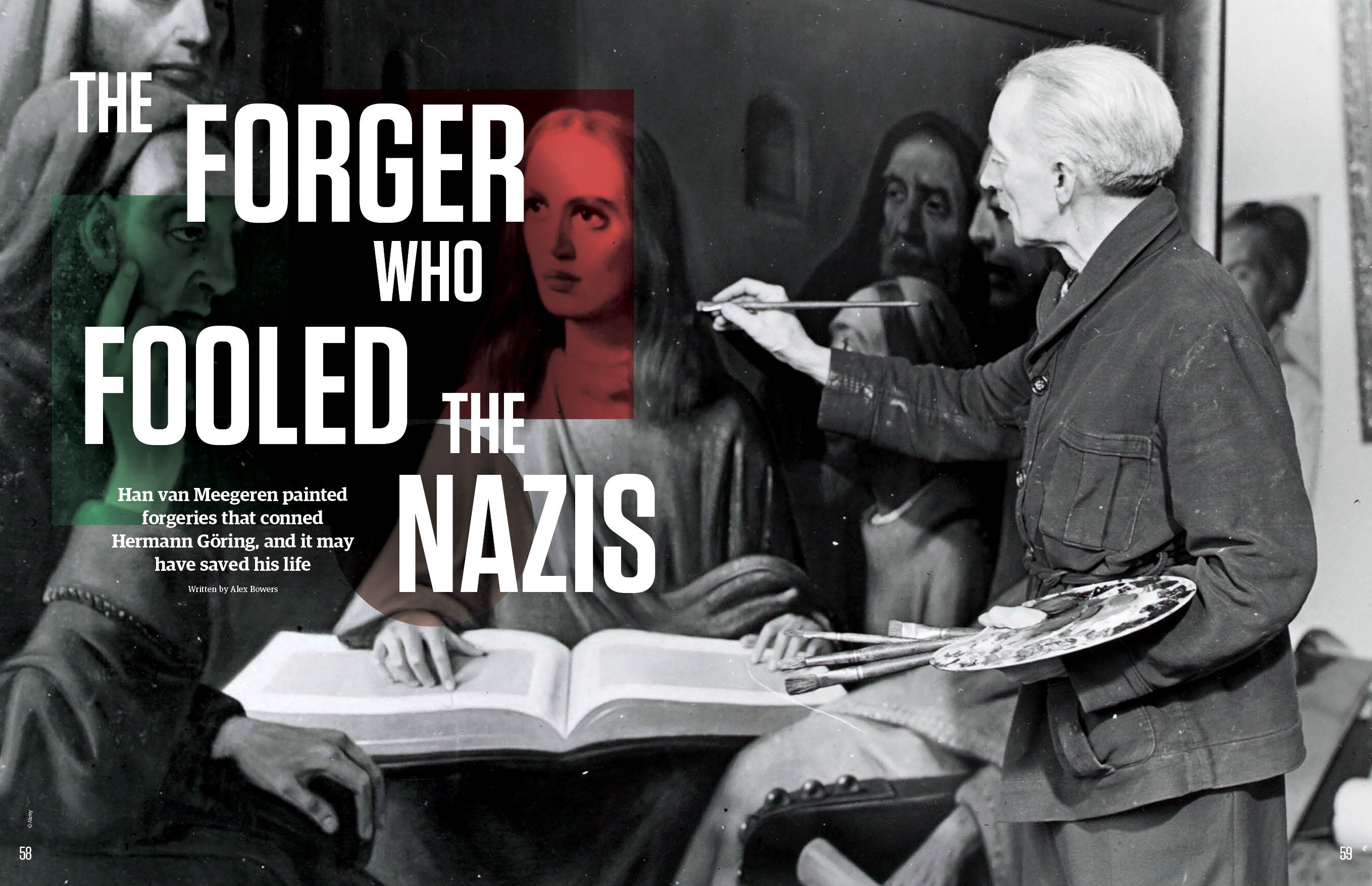
Also in issue 128, the All About History explores some of the great rebel philosophers of Ancient Greece, delves into the strange history of Micronations and uncovers the story of the art forger who managed to fool the Nazis during WWII.
Related: Read a free issues of All About History
In issue 128 you can also learn about the history of rock and roll, find out why Georgia (the European one) still loves Tamar the Great and get a breakdown of the Battle of Trenton, including Washington's famous crossing of the Delaware River. It's all in All About History 128.
Victorian Medicine
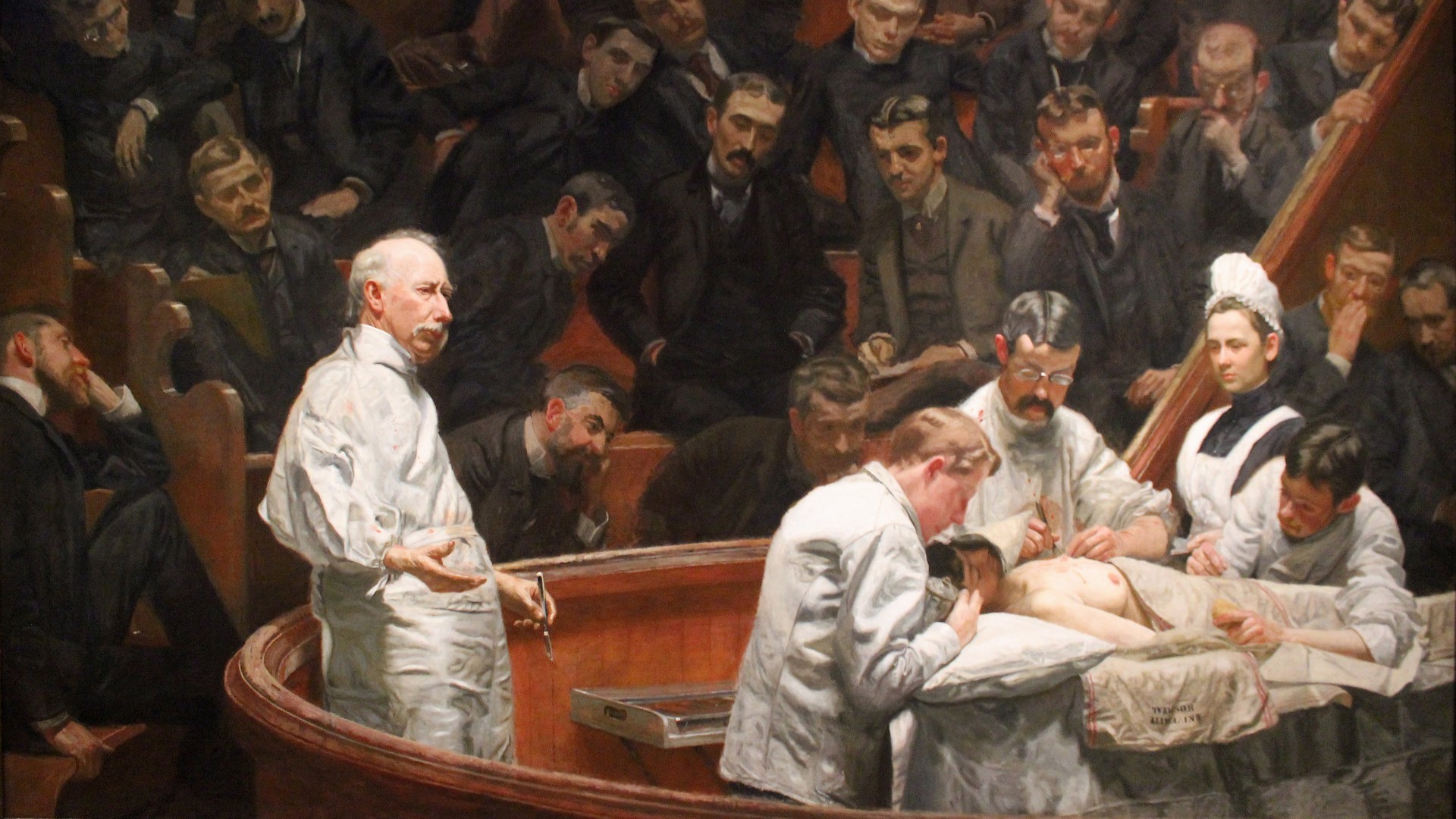
In the early years of Queen Victoria's reign, a surgeon called Dr Robert Liston was working at a London hospital. He had a considerable reputation. In one of his many infamous cases, he was amputating a patient's leg when his flaying knife accidentally removed his assistant's fingers. The patient died from an infection, as did the luckless assistant, while someone watching the operation died from shock after Liston's knife slashed through the poor man's coat tails. It remains the only operation in surgical history with a 300 percent mortality rate.
Sign up for the Live Science daily newsletter now
Get the world’s most fascinating discoveries delivered straight to your inbox.

Subscribe to All About History today for as little as $2.62 per issue. Offers available for print, digital and combined subscriptions as well as quarterly and annual plans so you can enjoy All About History wherever you are, however you like.
The problem with this story is that it probably isn't true. The only evidence it happened comes from a book called Great Medical Disasters written more than a century later, in 1983, by the doctor and author Richard Gordon (1921 — 2017). There are no primary sources to confirm Liston's apocryphal operation ever took place. Indeed, Gordon was more a fan of fiction than fact. He is most famous for his Doctor in the House series of novels that satirized the medical world of the 1950s and 1960s.
Despite this lack of evidence, the tale of Liston's 300 percent mortality rate is everywhere: in medical journals, in history books and in every biography of the man ever written. But this story doesn't just shape the reputation of Liston himself. The invention contributes to the general idea that Victorian medicine, and particularly surgery, was cruel, dramatic and bloody, and that 19th century doctors were emotionally detached, even barbaric. But the real story is a lot more complicated, and much more interesting.
Read more in All About History 128.
Tamar the Great
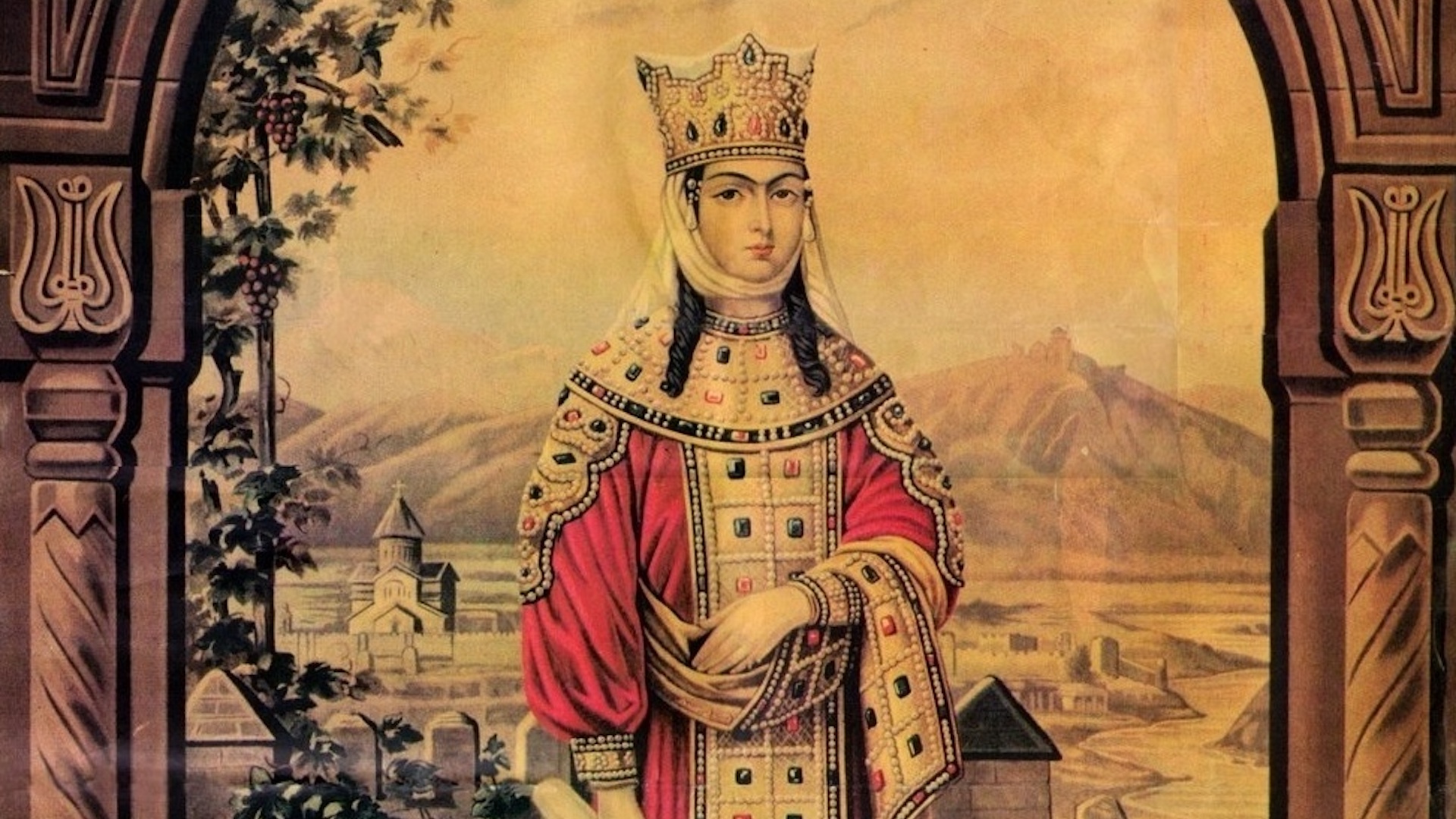
From the 11th to the 13th century, Georgia experienced a Golden Age: a period of time where Georgian power was at its highest and art and culture flourished. As the territories of the state were expanded, one woman stood at the country's head. Queen Tamar (c.1160 — c.1213) was the most notable monarch of this era as she led Georgia's transformation during the peak of its strength and influence. This much-loved queen has since remained a symbol of Georgian pride in the centuries following her death.
Tamar's route to the throne was unusual, particularly as a woman in the Middle Ages. Though her exact date of birth is unknown, historians believe she was born sometime between 1160 and 1165, the daughter of King George III and his wife Queen Burdukhan. A member of the prestigious Bagrationi Dynasty, George had faced opposition to his leadership from factions who claimed his nephew was, in fact, the rightful ruler of Georgia. After successfully quashing the revolutionary forces, George decided he needed to make his rule and succession as secure as possible, especially since he did not have any sons who would be the heirs to the throne. With Tamar being the eldest of his daughters, he made the decision to declare her as his successor.
Learn more about Tamar the Great in All About History 128.
Forger who fooled the Nazis
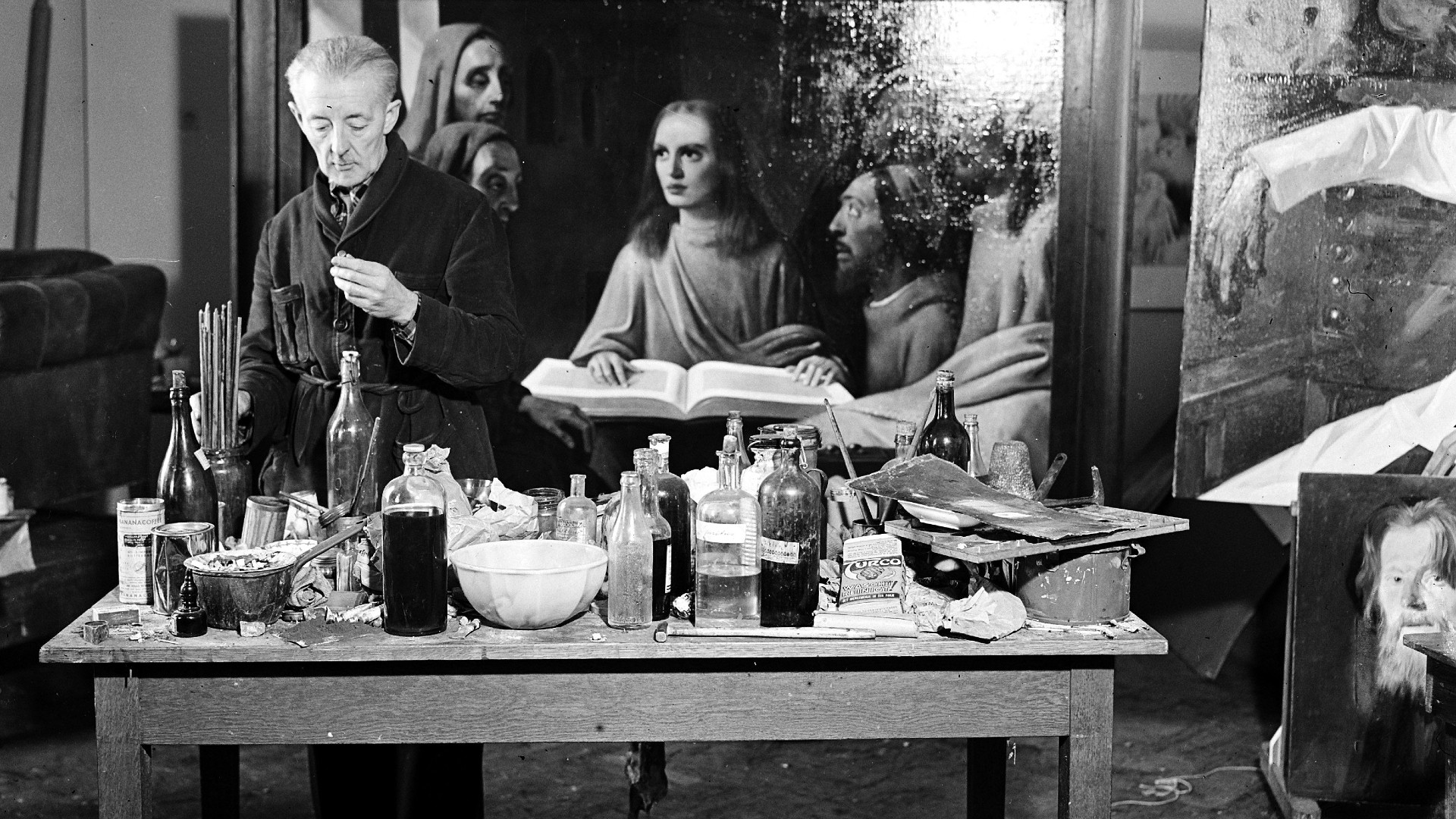
In the ruins of Berlin in 1945, a book with a curious inscription was discovered in the personal library of Adolf Hitler. The deluxe volume of poems, co-authored by a Nazi Dutch writer, contained illustrations from artist and fellow countryman Han van Meegeren. Within its pages, van Meegeren had seemingly penned a glowing dedication to his "beloved Führer", which posed a considerable threat to the painter who had by then been arrested as a potential Nazi collaborator, with a possible jail sentence looming over him.
But it was to be his association with another Nazi leader — notorious art plunderer Hermann Göring — that would garner the vast majority of the public's attention. A few years earlier, the German Reichsmarschall had purchased a painting he believed to be the creation of renowned 17th-century artist Johannes Vermeer. Except he hadn't. What Göring had bought was an 'authentic' van Meegeren forgery, a wickedly gratifying con that elevated its maker's status from traitor to cunning anti-hero in an instant. It also, perhaps most significantly, left the art world reeling from the harsh reality of fakes.
Read more about Han van Meegeren in All About History 128.

Jonathan is the Editor of All About History magazine, running the day to day operations of the brand. He has a Bachelor's degree in History from the University of Leeds. He has previously worked as Editor of video game magazines games™ and X-ONE and tech magazines iCreate and Apps. He is currently based in Bournemouth, UK.









